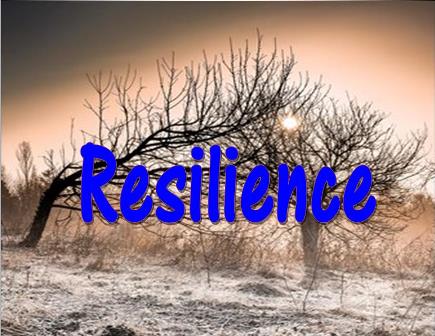
How to Build Resilience
by Chinyere Nwosu
September 2020
Are you thinking about how to build resilience? Read on to find some suggestions.
Resilience is a complex phenomenon
Researchers affirm that the skill – resilience in its nature is complex (Southwick, 2014). The concept of resilience also means different things to different people and may be interpreted differently in various organizations or cultures. Research has also shown that people may be more resilient at some point in their lives and less during another. Some may also be more physically resilient than they are emotionally resilient. Be it as it may, individuals must strive to strike a balance on the different aspects of resilience to be able to tap into the core as circumstances demand.

How to Build Resilience
To learn from traumatic experiences, you need to take action that will systematically develop resilience in you. Sam is the case in difficult situations. Have you had a mentor or coach tell some one – get up and keep at it? That is a call to stay resilient. Although the process is personal and complex, there are some behaviours and shifts in thinking that foster its growth.
1. Be intentional
– resilience does not just happen. You need to build the skill intentionally over time. Plan your actions, change your thoughts. Develop self-awareness and self-regulation skills.
2. Build the relevant components that form the core of resilience.
These components include –
- Connections (healthy relationships).
- Healthy thinking (positive thinking)
- Meaning (finding purpose)
- Wellness (maintain a healthy body)

3. Accept change.
To develop resilience and generally foster healing from a traumatic experience, accepting change opens the door to learning, owning your emotions, and working toward a future with healthy choices. Do not try to control everything. Focus on what you can do and build capacity.

The serenity prayer summarizes this in a few words.
“Lord, grant me the serenity to accept the things I cannot change, courage to change those I can, and wisdom to know the difference.”
4. Show and accept compassion.
Being proactive and able to tap into internal and external resources displays resiliency. To show compassion requires empathy. Self-compassion will enable you to identify and manage stressors better as well as identify and manage your emotions healthily and positively. Practice self-compassion.
5. Extend forgiveness to the people that hurt you.
Letting go of past offenses is a form of positive psychology. Research in positive psychology shows that beneficial constructs like forgiveness facilitate well-being.
6. Show gratitude.
A grateful person can assess his situations from a positive point of view. He is also able to maintain a positive mindset that is essential for growth. Gratitude also foster objectivity.

7. Seek help.
Getting help when you need it is crucial. It may be from a friend, a personal coach, a mentor, or a book. In whatever form you may get it, what matters is that you have some support and guidance on your road to developing resilience. When it is beyond you, a therapist can provide professional help.

[…] How to Build Resilience […]
February 8, 2024 at 9:04 am[…] How to Build Resilience […]
February 13, 2024 at 1:04 pm[…] How to Build Resilience […]
February 13, 2024 at 3:44 pm